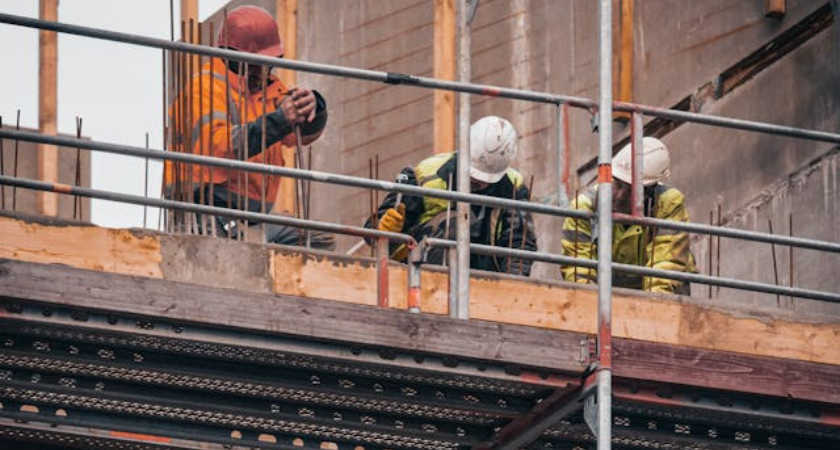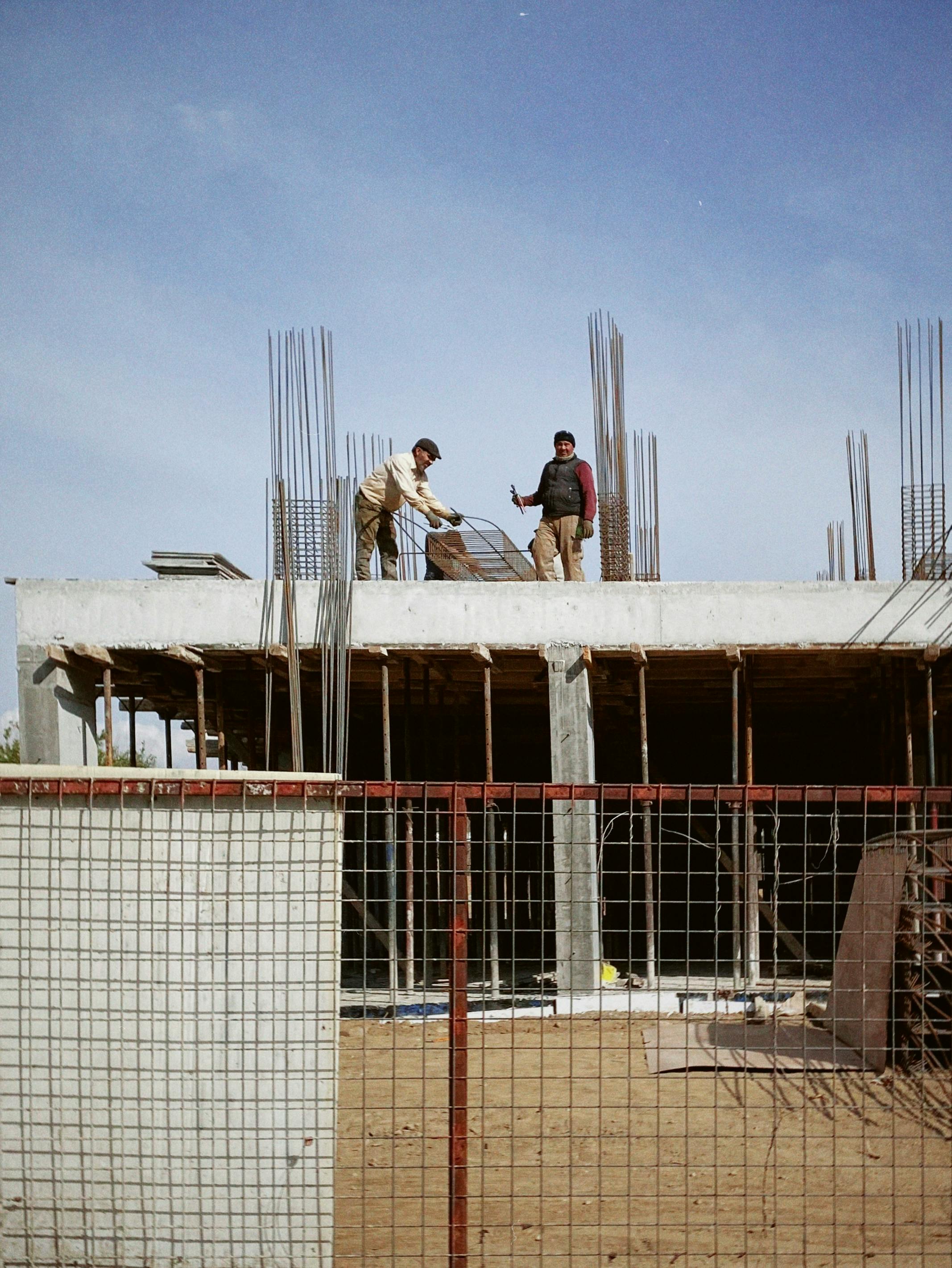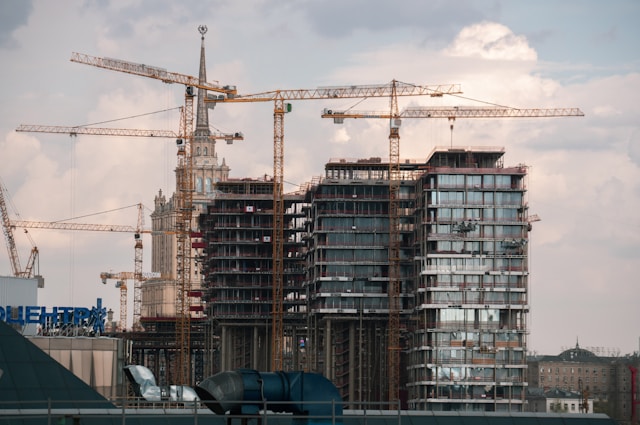
The pace of apartment construction in the U.S. saw a modest improvement in 2024, with projects finishing slightly faster on average despite ongoing workforce and supply challenges. According to a new analysis from the National Association of Home Builders (NAHB) using Census Bureau Survey of Construction data, the average permit-to-completion timeline dropped to 19.6 months, shaving off about 0.3 months from 2023 levels.

However, while overall timelines improved, the trend wasn’t uniform across regions or building sizes.
The Northeast remained the slowest market, with projects averaging 23.4 months from permit to completion — likely due to denser zoning regulations and more complex approval processes. The West followed at 19.9 months, and the South ranked slightly better at 18.5 months. The Midwest delivered the fastest turnaround at 17.3 months, benefitting from lower permitting hurdles and faster site mobilization.
NAHB Principal Economist Na Zhao, Ph.D., said the improvement was surprising given the industry’s continued workforce constraints.
Zhao noted that a “modest decline occurred despite the industry continuing to grapple with a shortage of skilled labor.” However, she added that construction timelines remain lengthy.
Smaller buildings saw the biggest gains. Two- to four-unit developments averaged 15.3 months, a sharp 2.3-month reduction compared to the previous year. This suggests that smaller-scale infill and suburban housing is hitting the market faster, a positive signal for “missing middle” housing supply.
NAHB Chief Economist Robert Dietz agreed, calling the decline a “promising sign for missing middle production.”
However, larger multifamily projects told a different story.

Dallas-based Witten Advisors CEO Ryan Davis suggested improving productivity is helping builders gain traction.
“Labor is also becoming more efficient, getting more experience,” Davis said.
He added that more suburban and garden-style projects are contributing to faster timelines.
“More deals [have] started in suburban areas, or smaller metros in recent years, and those are typically garden, which have a shorter time frame,” he said.
Developers and policymakers watching national housing supply trends may see this data as cautiously optimistic. While megaprojects in urban cores still face long lead times, incremental housing supply from smaller and mid-market developments is accelerating. Analysts say this could provide some relief to rental markets—particularly in Sun Belt and Midwest metros, where demand remains high but construction remains comparatively efficient.
Originally reported by Leslie Shaver in Construction Dive.